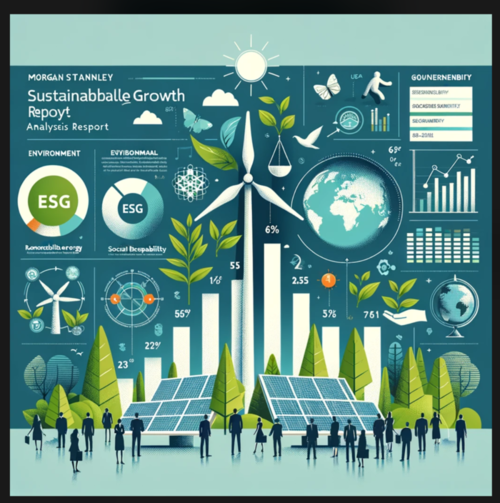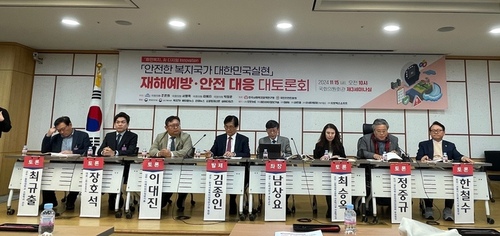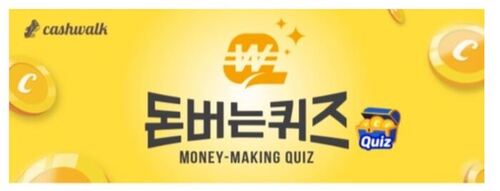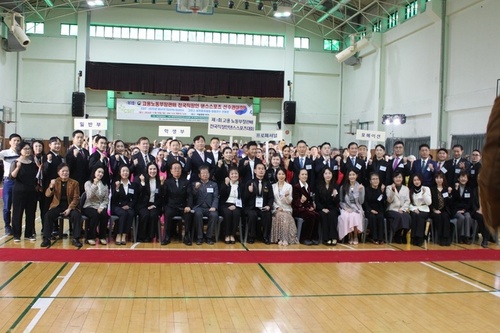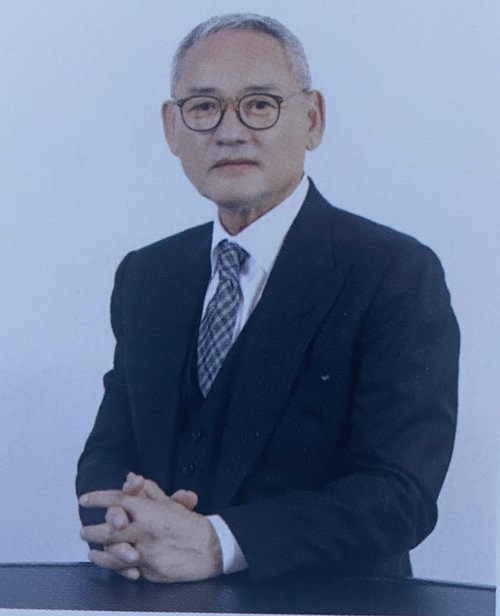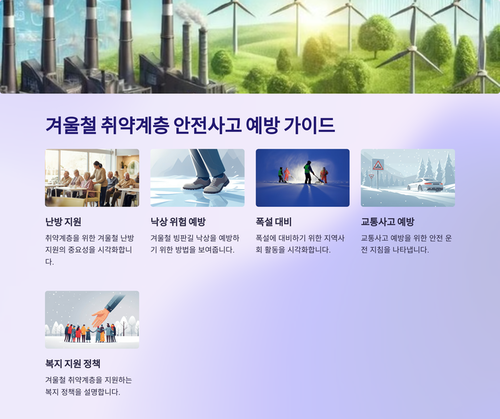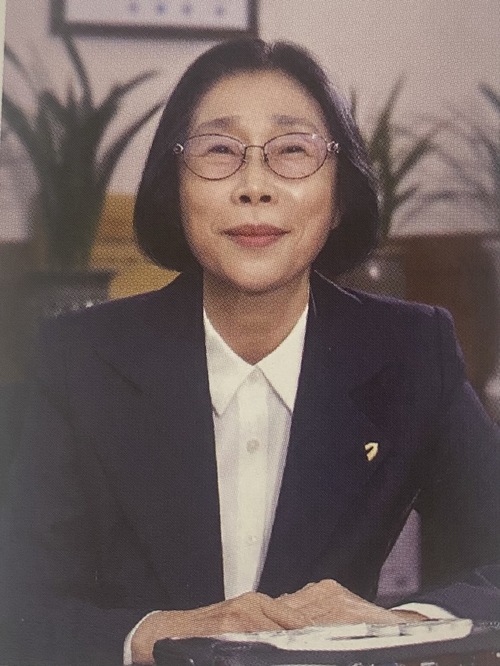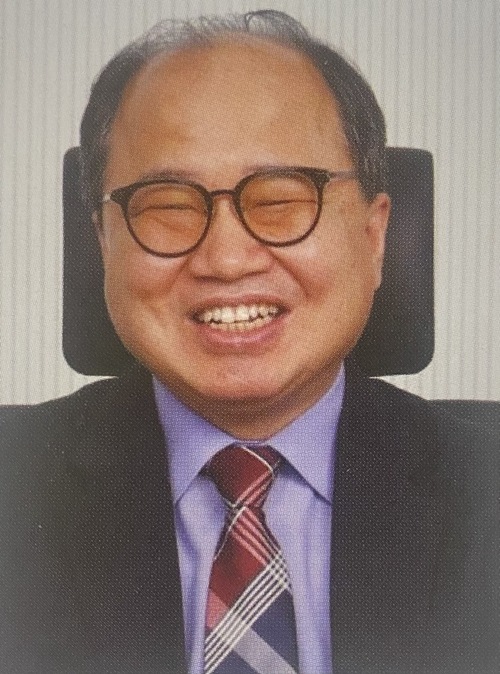아침마다 그녀는 나머지 친구들과 함께 학교에 갈 준비를 하게 되어 매우 신나지만 학교에 가는 것이 항상 쉬운 일은 아니다.
마이의 휠체어는 그녀가 독립적이도록 도와야 하지만 이 지역에서 사용할 수 있는 유일한 옵션입니다 실내 이동 휠체어였다.
비가 내린후 진흙탕이 되는 비포장 도로는 몸에 잘 맞지않는 실내 이동휠체어로 이동하기가 어렵다.
종종 마이가부적절한 휠체어를 사용하여 학교까지 더 먼 길을 가야 하는 경우도 내 자세에 영향을 미쳐 불편함과통증 및 뻣뻣함을 유발한다.
그녀의 근육과 관절로 인해 일상 활동이 점점 더 어려워지고 있다.
마치 10억 명이 넘는사람들에게 보조 기술이 필요하지만 10명 중 1명만이 필요한 기술에 접근할 수 있고 보조 제품을 사용할 수 있는 경우에도 적절한 유형이나 크기가 아닌 경우가 많다.
품질이 매우 좋지 않아
이 문제를 극복하기 위해 유니세프와 세계 보건 기구가 협력하여 장애인에게 적절한 보조 기술을 제공하기 위해 협력했다.
한 가지 핵심 방법은 새로운 보조 제품 사양을 개발하고 배포하는 것이다.
aps-26 aps-26은 보조 제품에 대한 글로벌 사양을 정의 하고 국가가 이를 필요로 하는 누구에게나 적합하고 저렴하고 우수한 품질의 보조 기술 제품을 조달하는 데 도움이 된다.
요구 사항 목록에 포함된 26개의 보조 제품 사양이 조달을 안내하고 확인한다.
누구도 부적절한 장비를 가지고 삶을 살아갈 수 없다.
aps-26은
삶을 변화시키는제품 보조 기술에 대한 접근을 제공함으로써 장애가 있는 어린이와 성인의 독립성을 높이고 참여를 향상시키는 중요한 도구이다.
사회 통합및 장애인과 비장애인의 격차 해소유니세프와 세계보건기구는 모든 장애인이 이용할 수 있는 고품질 보조 기술을 제공하기 위해 최선을 다하고 있다.
그들의 승리는 모두의 승리 이다.
Breaking Barriers: Empowering People with Disabilities Through Assistive Technology 장벽 깨기: 보조 기술을 통해 장애인에게 역량 강화
The video effectively hooks viewers through a relatable introduction of Mai and her challenges. It presents a clear and coherent flow of information, discussing the partnership between UNICEF and WHO to address the issue. The personal stories create a strong emotional connection, emphasizing the importance of improving access to assistive technology. The video addresses important and relevant topics in society, focusing on inclusivity and equal opportunities.
is Mai Like every other morning she's very excited to get ready to go to school with the rest of her friends But getting to school is not always an easy task Mai's wheelchair is supposed to help her be independent but the only option available in the area was an indoor transport wheelchair The unpaved roads which get muddy after rain are difficult to navigate with her ill-fitting indoor transport wheelchair often forcing Mai to take a longer path to school Using an improper wheelchair also affects Mai's posture causing discomfort pain as well as stiffness in her muscles and joints making daily activities increasingly challenging Just like Mai more than one billion people need assistive technology but only one in ten has access to the technology they need And even when assistive products are available they're often not the appropriate type or size and quality is often very poor which may cause more damage than good To overcome this issue UNICEF and the World Health Organization have partnered to bring appropriate assistive technology to persons living with disabilities One key way is the development and distribution of the new WHO assistive product specifications the APS 26 The APS 26 defines the global specifications for assistive products and will help countries procure suitable affordable and good quality assistive technology products for whoever needs them There are 26 assistive product specifications included within The list of requirements will guide procurement and make sure no one must go through life with inadequate equipment The APS 26 is a vital tool to increase independence and improve the participation of children and adults with disabilities by providing access to life-changing product Assistive technology is key to unlocking opportunities for education health employment and social integration and bridge the disparities for persons with and without disabilities UNICEF and the World Health Organization are committed to putting quality assistive technology within reach of every person living with a disability Their triumph is everyone's victory
<저작권자 ⓒ 장애인인식개선신문 무단전재 및 재배포 금지>

댓글
|
많이 본 기사
|




